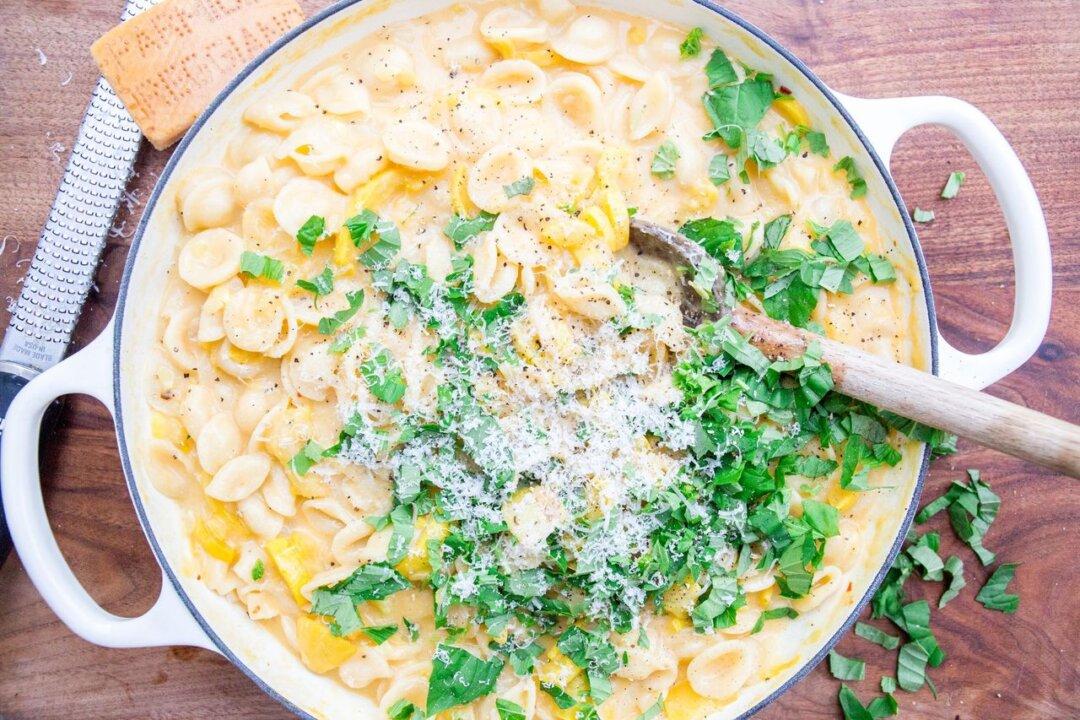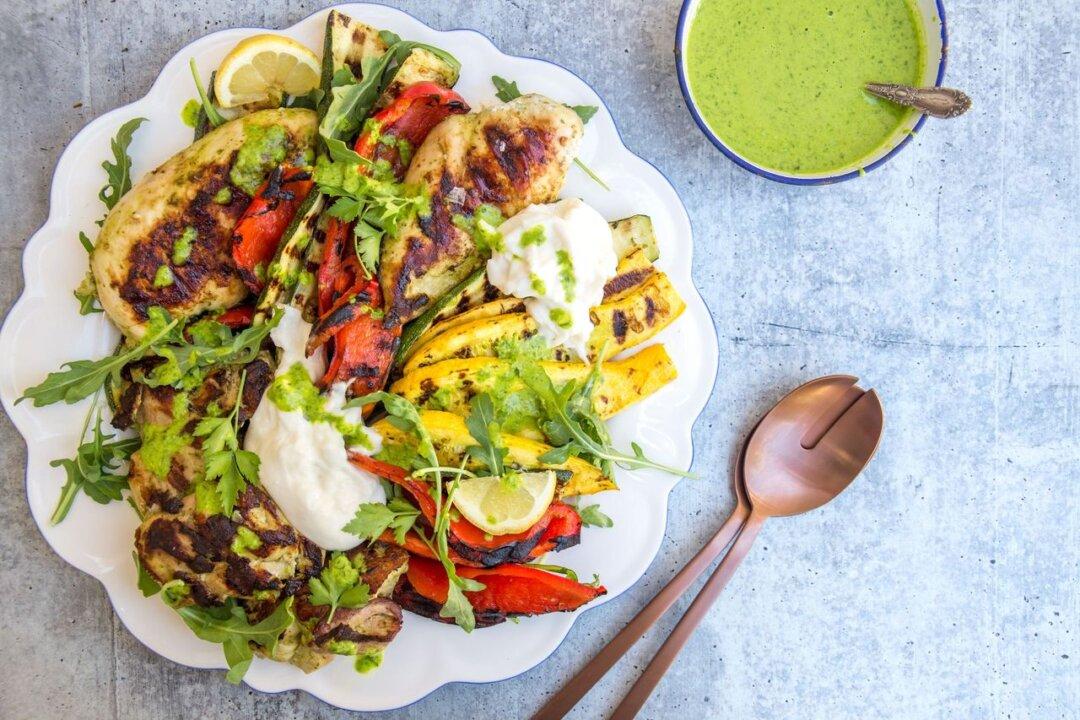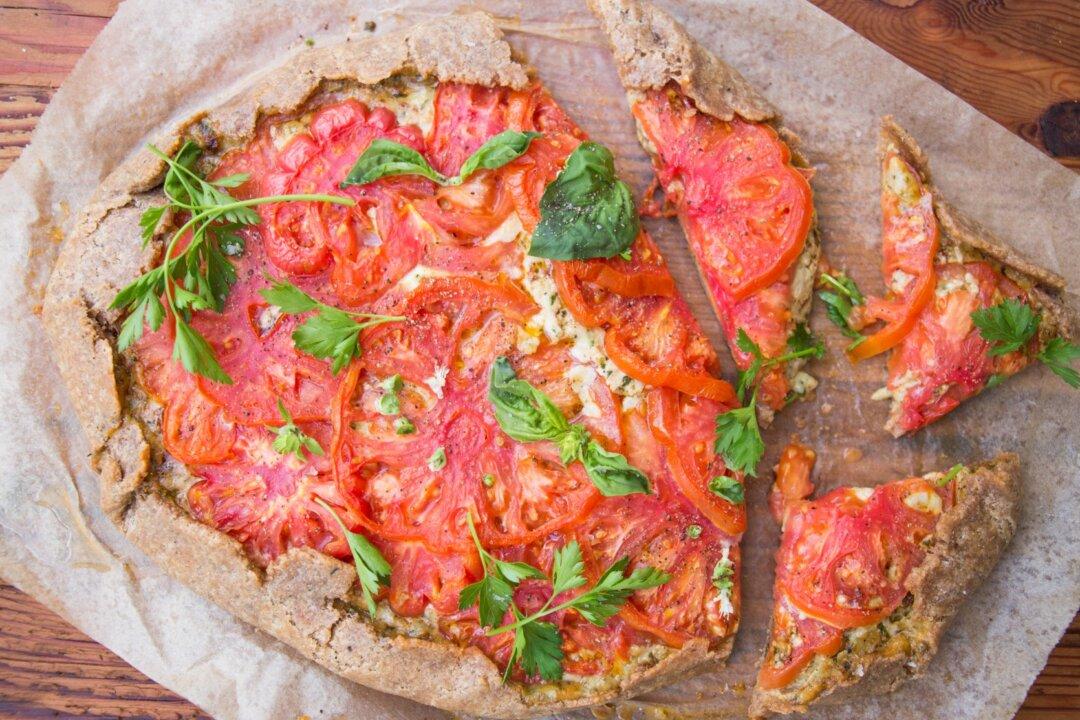I’ve never been a die-hard advocate of local, organic food (I’ve even talked about the subject in my column). But there is one season when eating locally grown, organic produce is just plain easy—and also won’t cost your entire paycheck. That season is now: summertime!
This time of year, even my quaint, eight-stall farmers market in downtown Carmel, California is absolutely brimming with produce. Summer fruits and vegetables like zucchini, tomatoes, and squash grow so prolifically that farmers are able to offer great prices, rivaling even the largest chain grocery stores.





